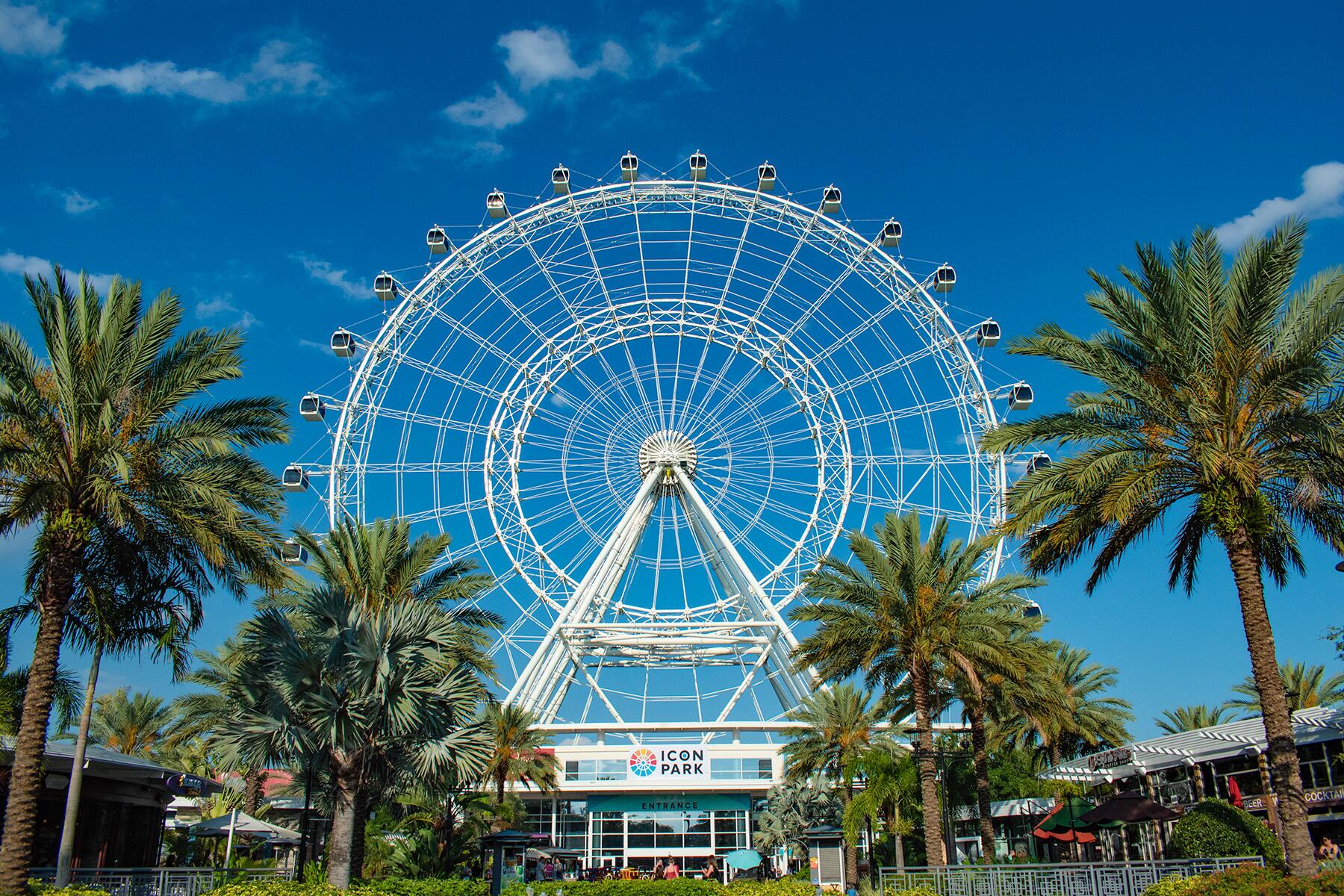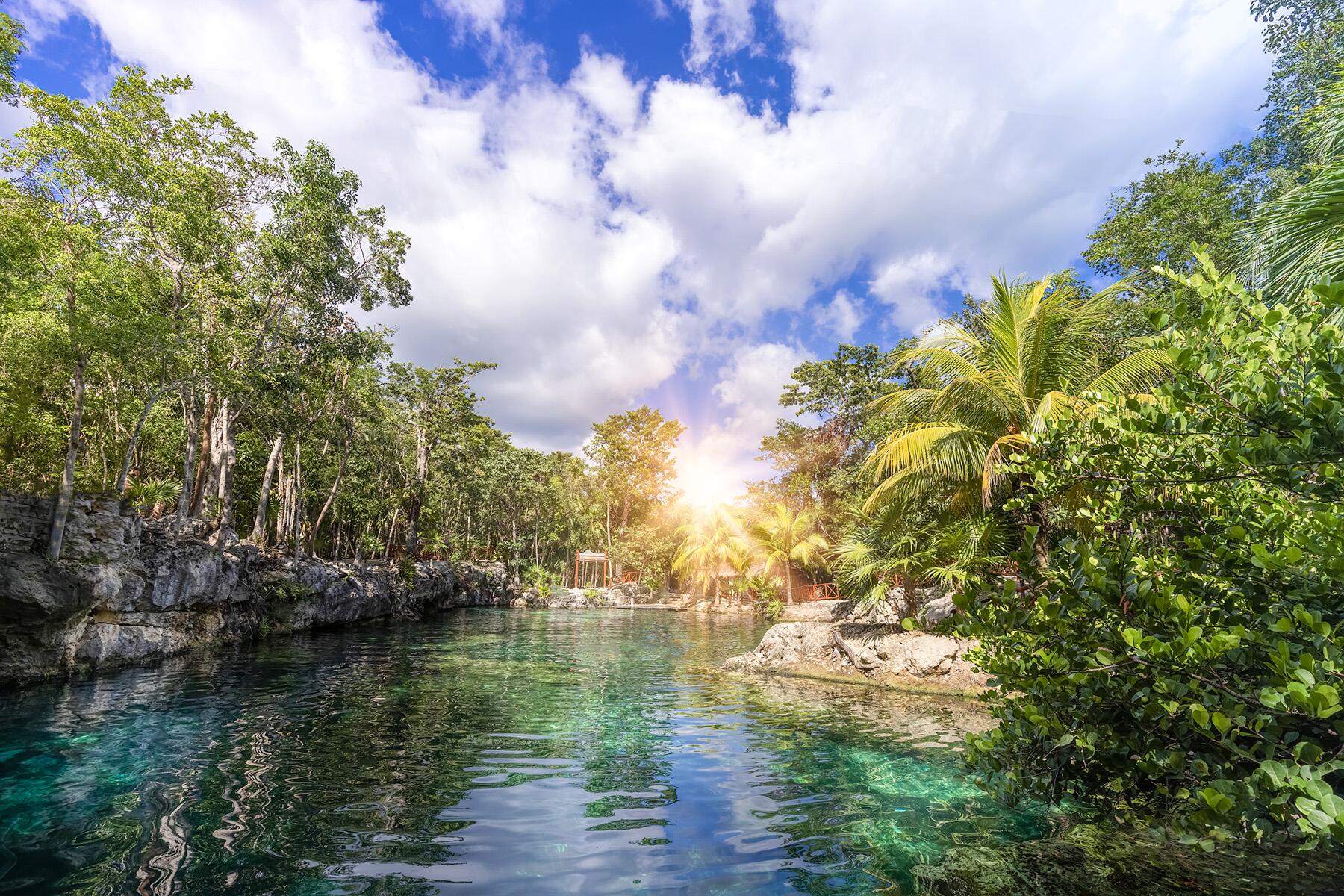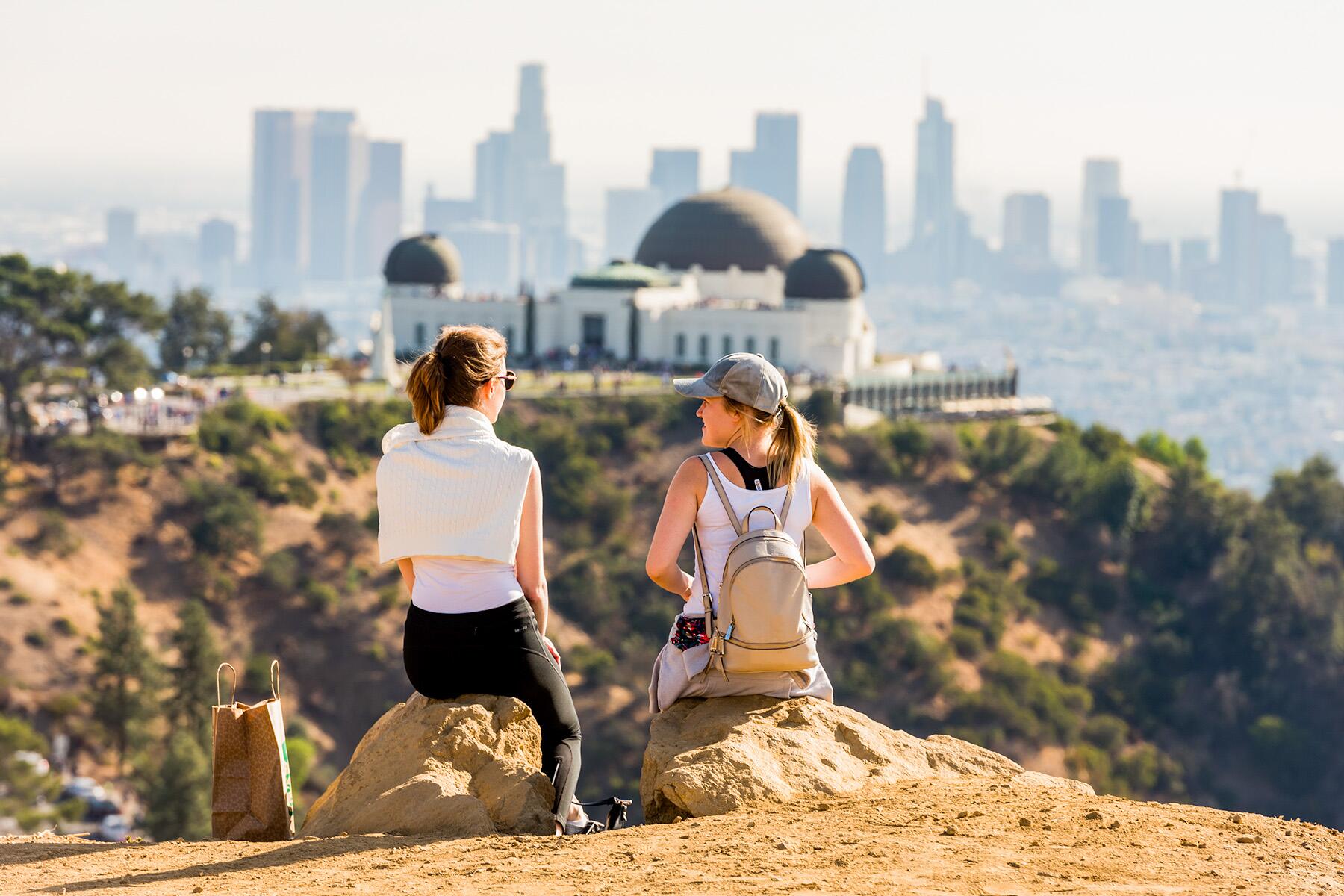- ⁄
- Travel News
- ⁄
- Travel Tips •
- Trip Ideas
Before you book your next European vacation, answer these questions to figure out the best destination for you.
Are you planning to head across the Atlantic on a European vacation? Before you start scouring flight deals and researching accommodations, consider the type of trip that most appeals to you. Are you outdoorsy and crowd-averse, or would you rather be in the center of the action, camera in hand, ready to capture the iconic sites? Is indulging in fabulous dishes and drinks an absolute must? And what’s your comfort level with speaking a foreign language? No matter your penchant, here are some questions to help you book your dream trip to Europe.
Are You Concerned About a Language Barrier?
Unless you travel to the UK or Ireland, you may want to temper any expectations that most of the locals will speak English. While many will in Europe’s largest cities, including Paris, Rome, Vienna, and Barcelona, it’s still a smart idea to learn basic phrases spoken in the country to which you’ll be traveling via a guidebook, Duolingo, or Google translate. Still, if you are worried about communication issues, consider visiting countries like the Netherlands, Iceland, Malta, Sweden, Norway, Denmark, Luxemburg, and Finland, where a large percentage of the population is fluent in English.
Do You Want a Destination That’s Easy to Navigate?
Germany, Switzerland, the Czech Republic, Belgium, and Austria are well-known for their connected, efficient, and easy-to-navigate rail systems, with frequent service and signage in English. If you want to venture out on two wheels, the Netherlands and Denmark have extensive, well-maintained bicycle paths and ample locations to park your bike. Some cities are blessedly small enough to easily traverse by foot, including Florence, Athens, Bruges, Edinburgh, and Madrid. While it’s admittedly not compact, Paris is also best explored by strolling to soak up the charm of its sidewalk cafes, boutiques, and historical landmarks or lingering along the banks of the Seine. As the old adage goes, everyone should get lost amid the dizzyingly confusing streets of Venice at least once. Since it’s an island, you’ll find your way back…eventually.
Recommended Fodor’s Video
Want to Experience a Slice of Island Life?
You don’t need to travel to the Caribbean for a taste of sand and saltwater. Europe is dotted with sun-drenched islands, each with its own personality. One of the most beloved is the Greek island of Santorini, which is situated in a caldera formed from a volcanic explosion and touts black sand beaches and iconic stark white, blue-domed architecture. Mountainous Corsica offers hiking trails and some of Europe’s best beaches, while Madeira is lush, tropical, and home to the fascinating namesake fortified wines that last for centuries. Ischia is an Italian gem whose mineral-fed hot springs beckon wellness seekers, and Malta’s diverse history and culture date back four millennia. Scotland’s Isle of Skye’s craggy coastline, crashing surf, and medieval castles lend it an otherworldly vibe.
Looking to Check off a Bucket List Attraction?
While every European destination has its unique history, culture, sites, and attractions, some frequently make it to the top of travelers’ bucket lists. The best spots to marvel at the Northern Lights are from mid-August to mid-April in Tromso or Svalbard, Norway, Reykjavik, Iceland, or the Swedish or Finnish Lapland. Stonehenge, north of Salisbury in England, is least crowded in the early morning hours; VIP tours will even give you a sunrise glimpse of the prehistoric monument.
Built around 80 A.D., the Colosseum is the world’s oldest amphitheater, but don’t overlook equally impressive Roman ruins like the Pantheon (the oldest Roman church) and the Theater of Marcellus, Roman’s oldest surviving theater. And Game of Thrones fans on a quest to visit the 25 locations in Northern Ireland where scenes were filmed must take a detour to Giant’s Causeway. This incredible natural wonder on the coast (and World Heritage Site) contains 40,000 interlocking basalt columns up to 82 feet high formed by an ancient volcanic fissure eruption.
Long to Spend Your Days Sipping Wine and Strolling Vineyards?
Europe has a staggering number of wine-producing regions. While oenophiles will undoubtedly have an immersive experience in well-known ones like Tuscany, Burgundy, Bordeaux, and Rioja, why not pique your palate someplace a bit less expected? Not only does France’s Loire Valley produce stellar wines like Sancerre, but it also affords the chance to explore the country’s densest collection of châteaux (300).
Situated at the foothills of the Dolomites in Northern Italy, Alto Adige is a curious mélange of Italian and German culture, with beautiful wines made from Gewurztraminer, Pinot Bianco, Pinot Grigio, and Schiava. The terraced vineyards of Portugal’s Douro Valley make it a World Heritage Site; the region’s tawny, ruby, and vintage Ports are legendary but equally delicious are the area’s dry red blends. Bubbly fans will want to make a pilgrimage to Penedes in Spain’s Catalonia region, home to Cava, the country’s traditional sparkling wine.
…or Indulging in the Local Delicacies?
When it comes to Europe’s culinary delights, we’re hard-pressed to play favorites—it all depends on what kind of epicurean experience you’re seeking. Foodies with (Michelin) stars in their eyes can flock to Paris, which boasts nine restaurants with three stars, 15 with two stars, and 94 with one star. If you like to dine late-night on shared small plates, the tapas bar scene in Barcelona is tops; ditto for the mezze bars in Athens.
If you have a sweet tooth, you’ll get giddy over the display cases in Vienna’s coffee shops, which are filled with Sachertortes and apfelstrudels. Budapest’s cozy bistros serve traditional comfort foods like goulash, chicken paprikash, stuffed cabbage, and sweet and savory pancakes called palacsinta. And from the northernmost part to the foot of the boot, from pasta and pizza to Parmigiano and prosciutto, Italy is a treasure trove of everything for the gourmand.
Want to Treat Yourself to a Luxe Sojourn?
Planning a splurge-worthy vacation? Europe has no shortage of luxe locales. With its heady groves of lemon trees and enviable location perched on a cliff overlooking the Tyrrhenian Sea, the Amalfi Coast is one of Italy’s most luxurious vacation destinations. The same goes for Lake Como in Lombardy, with its views of the snow-capped Alps, glamorous hotels and restaurants, and ample opportunities to get out on the water from waterskiing to sailing to yachting.
Marbella on Spain’s Mediterranean coastline is also quite exclusive and popular with the jet set, with 24 beaches, upscale shopping and dining, the most golf courses in Spain, and jaw-dropping prices for real estate. The resort town of Gstaad in Switzerland is a winter playground for the wealthy, with some of the continent’s best skiing.
…or Save Money With a Wallet-Friendly Vacation?
If you want to stretch your vacation dollars as far as possible, consider heading to Split, a port town on the Dalmatian Coast in Croatia. In addition to fabulous beaches on the bright turquoise Adriatic Sea, the city has a unique downtown area carved from the remains of a Roman palace. You can people-watch at a cafe spilling into the square and stroll the promenade called the Riva—all without breaking the bank.
Germany’s Bavaria region, home to the Neuschwanstein Castle perched atop the Pöllat Gorge in the Bavarian Alps, is also quite affordable. For a taste of the castle life, book a room at the Burg Colmberg, which dates back to the 14th century. In Lisbon, you can eat and sleep on a dime, take in views from St. George’s Castle, and get to know the friendly locals. It’s no wonder that Portugal has become a hotbed for vacationers and ex-pats.
Want to Avoid the Crowds?
Nobody wants to elbow their way through crowds of tourists all vying for the same photo or peek at a landmark. Thankfully, destinations remain where you might have some sites (mostly) to yourself. Head to Romania, where you can hike in the glorious Carpathian Mountains, sample wines in the Dealu Mare region made with feteasca neagra, then spend a few days exploring Bucharest, including the massive 1,110-room communist-era Palatul Parlamentului and the vibrant Lipscani District.
The Balkan country of Montenegro is home to glacial lakes, beach resorts in the Budva Riviera, and the Bay of Kotor, which is next to one of the world’s most well-preserved medieval towns. And the Faroe Islands is an archipelago in the Kingdom of Denmark with 18 rocky islands formed by volcanoes; its varied topography and wildlife draw in nature lovers, hikers, and birdwatchers.





